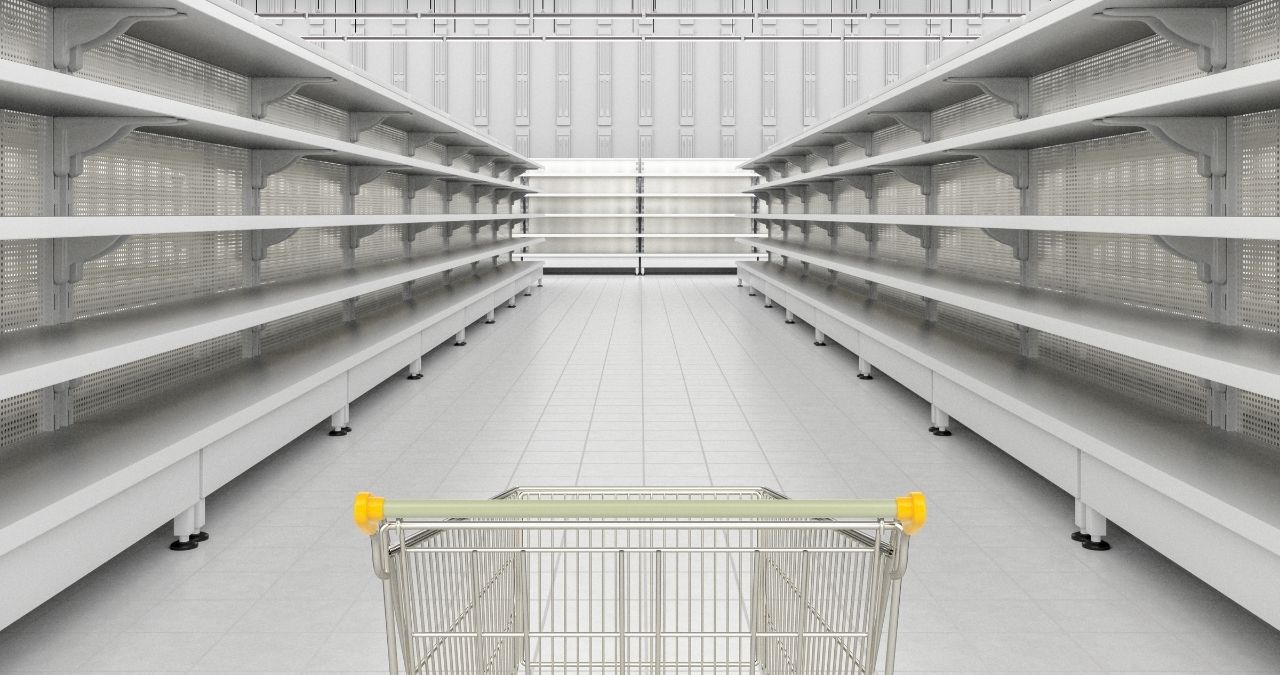
A supply chain is the system of businesses and individuals involved in creating and supplying a product or service. To provide just a short background of supply chains, let’s discuss what some of it entails. Some activities that make up a supply chain include farming, refining, design, manufacturing, packaging, and transportation. As you can see, supply chains are complex and complicated systems with many facets. With globalization on the rise, companies and their collaborators must maintain involvement in politics, international relationships, and trade. Therefore, when it comes to logistics, shipping, warehousing, and freight need to be addressed. This is where supply constraints come into play.
Dealing With Supply Constraints
When it comes to supply constraints, the idea is that every supply chain process will be met with some kind of limitation that needs to be overcome. As a result, a supply chain will only be as strongest as its weakest link. Addressing the weaknesses and limitations of a weaker process will elevate and ensure growth in your supply chain. So how do you deal with this? How do we identify the barriers? Let’s discuss the categories of constraints as well as how to address them.
Categories of Constraints
Supply constraints can typically be placed into four categories: legal or institutional, geographical or physical, political or cultural, and structural and financial (with most of these crossing over). In fact, regulations surrounding land use and zoning hold the potential to limit the location, pace, and quantity of new developments. Physical features also can limit this new development. Local opposition may have an effect on the supply as well. Finally, limitations such as construction debt may restrict availability.
Constraints should be front and center throughout the entire process. Some more specific examples include supplier, manufacturing, storage, loading, transportation, demand fulfillment, and time-phased constraints. Supplier constraints include the order minimum and maximums. Meanwhile, manufacturing constraints involve production limitations, batch sizes, and certain capacities. Storage constraints include facilities and zoning. Loading constraints have to do with shipping and receiving capabilities. Transportation constraints may include vehicles and routes. Demand fulfillment involves backorder and order-splitting permissibility. And lastly, time-phased constraints have to do with the flow and storage over a specific period of time.
How to Manage Supply Constraints
With better, faster, and cheaper products and services constantly on the rise, supply chains need to keep up before they start drowning. Automated and streamlined systems are now a necessary aspect of supply chains. A 2009 Aberdeen Group report states, “To address key pressures, retailers are adopting proactive supply chain initiatives and strategies, including increasing collaboration initiatives with suppliers. In moving towards more balanced demand‐supply processes, companies need to increase the extent of collaboration on both the demand and supply sides of their business networks.” Some questions that should be answered may include, how much supply is needed each season and how can we increase our visibility? Supply chains will also want to report which factories produce what and where to start if there’s a delivery issue.
Taking advantage of technology is always a good idea for supply chains. In fact, technology solutions will do things like linking the finished goods and the materials needed. These solutions also allow for visibility and transparency on your order and its information, create better production decision-making by collaborating with suppliers, and allow history to be visible so you can plan properly. In conclusion, consolidating your data and information into one system will save time and money. You don’t have to completely get rid of the old systems, just merge them with the new ones.
Conclusion
Identifying the weakest link will elevate the supply chain as a whole. The categories of constraints include legal, geographical, political, and financial issues and everything in between. Hopping on the tech bandwagon will also propel your supply chain to the next level. The ultimate goal with any supply chain should be meeting customer expectations while minimizing costs. Keeping an eye on constraints and making changes where they’re necessary should bring your supply chain closer to this goal. Sometimes it’s more about the journey than the final destination.
Additional Reading: Supply Constraints Restrain Growth
Nebraska Warehouse One-Stop-Shop | Technology Enabled 3PL Value-Added Services Warehouse | Freight Broker | Logistics
Nebraska Warehouse doesn’t just help to facilitate your shipments, but we are truly a one-stop-shop solutions provider. Our services include:
-
- Professional Storage Development and Management
- Quality controlled Environment
- Responsive, Personal Customer Service
- Reasonable Price
- Real Estate Development and Management
- LTL & FTL Shipping
- Refrigerated Trucking & Storage
- E-Technology Software
- Transportation Freight
- Dedicated Contract Warehousing
- 3PL Public Warehousing
- 3PL Specifications
